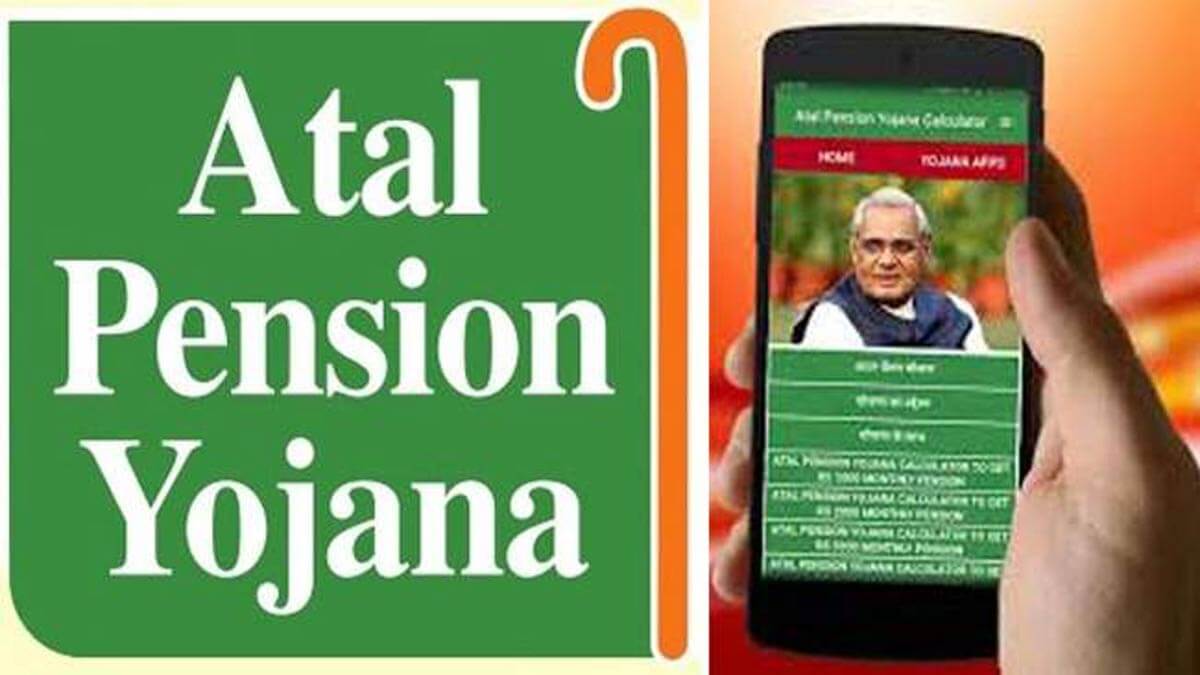Atal Pension Yojana: The Central Government’s main pension scheme – Atal Pension Yojana – was launched in 2015 and the popular scheme gives an assured (maximum) pension of Rs. 5,000 per month, however, for more than a handful of people this is also the very reason why they do not subscribe to APY.
However, there is a condition under which a subscriber can get monthly pension of over Rs. 5,000 on monthly basis. The condition being – Subscriber’s contribution should be over the assumed return within the subscription period.
Anytime a person subscribe APY, he/she will get an assured monthly pension of Rs. 1,000; Rs. 2,000; Rs. 3,000; Rs. 4,000, or Rs. 5,000, depending on an assumed return. The individual contributions made to the APY are invested following the Pension Fund Regulatory and Development Authority (PFRDA) guidelines.
If the “Actual Return” for the subscriber is more than the assured return (example Rs. 5,000 is the assumed return) then the subscriber will be eligible to get the amount that is in excess (the subscriber will get Rs. 5,000 + the excess amount).
Also Read: Aadhaar Mandatory For Senior Citizen PMVVY Pension Programme
Meanwhile, if the Actual Return is less than the assumed return (again taking it as Rs. 5,000), then the government will fill the gap between the two returns so the subscriber will not get less than the guaranteed pension.
Atal Pension Yojana: Details
- The APY is mainly focused towards the people working in the unorganised sector, however, it is not limited to them, any citizen of India who is between the age of 18 years and 40 years can subscribe to the scheme.
- Under the scheme, the subscriber will be eligible to get a minimum pension of Rs. 1,000; or Rs. 2,000; or Rs. 3,000; or Rs. 4,000, or Rs. 5,000 depending on the contribution of the individual subscriber.
- The pension will only be given once the subscriber gets 60 years old.
- To subscribe to APY, the citizen should have a savings bank account or post office saving bank account.
- According to PFRDA “The prospective applicant may provide Aadhaar and mobile number to the bank during registration to facilitate receipt of periodic updates on APY account. However, Aadhaar is not mandatory for enrolment”.
Atal Pension Yojana: How Pension Will Be Decided
The chief benefit of subscribing the APY is that it guarantees monthly pension. Also a subscriber may be eligible for a higher pension than the assured returns.
- The minimum is guaranteed by the Government.
- If the “Actual Return” on the contribution is less than the “Guaranteed Return” then the difference will be funded by the government.
- If the “Actual Return” on the contribution is more than the “Guaranteed Return”, then in such cases, the excess amount will be credited into the subscriber’s bank account.
- The amount contributed in APY by the subscribers will only be invested following the guidelines laid down by PFRDA.
- A subscriber can only request his/her bank to draw the monthly pension once he/she reaches 60 years of age.
The APY has seen a up-shift in women’s subscription. Since the last 3 years, the number of women subscribers of this scheme has increased to 43%. PFRDA tweeted “Enrolment percentage of women with respect to total enrolments under Atal Pension Yojana has witnessed an increase from 37% to 43% in the last 3 years. It is a positive change to ensure equal gender participation in #APY”.
Enrolment percentage of women with respect to total enrolments under Atal Pension Yojana has witnessed an increase from 37% to 43% in the last 3 years. It is a positive change to ensure equal gender participation in #APY.@FinMinIndia @DFS_India #PFRDA #pension #retirement pic.twitter.com/irqegvyzC7
— PFRDA (@PFRDAOfficial) January 15, 2020
In addition, in last 4 years, the number of subscriber belonging to the age group of 18-20 years and 21-25 years have also increased to 14% and 27% respectively. Both increased by 7%.


